How sheltering in place will change home design
The weeks and months we’ve spent sheltering in place will forever change the concept of home. In the words of Compass CEO Robert Reffkin, "our homes have become everything to us." It's where we cook. And work. And exercise. It’s where we teach our children. People have never depended on their homes more completely than they do right now.
Certainly, all of this time inside has emphasized all the things we love AND hate about our homes. It has reshaped what we desire and what we need from our home to such an extent that the idea of home may never be the same.
What will people want in their homes going forward?
Paul and I visited with three Austin architects to explore the future of home: Joel Aldridge of Aldridge Architecture, David Birt of Furman + Keil Architects, and Brent Spraggins of Brent Design.
While the concept of sheltering in place is relatively new, all three architects agreed on three key concepts about the future of home design.
There will be greater demand for spatial diversity (aka flexible spaces)
Our homes have become everything to us, quite literally. To address all the different functions and needs of the occupants -- from working parents to kids at home and everything in between -- homes will need to provide greater spatial diversity. “We will see an increased concentration on more meaningful spaces that can be flexible and respond to the way that families live,” Brent explained.
And what tops the list? The home office. During our real estate video conferences with colleagues across the nation, Paul noted that he’s seen clients and colleagues “officing” in dining rooms, kitchens, closets, outside, on the couch, and more. While home offices were already trending in home design, all of our experts recognized that creating comfortable and ergonomic work spaces will be a priority going forward. Brent, David, and Joel also noted that homes will need to integrate more digital connections to accommodate the greater number of people that may be home and engaged on their personal devices all at one time.
Many homes, particularly older homes, tend to have distinct spaces used for one purpose. The challenge, Joel stated, will be how to make one space work for different purposes using smart design. The ideas they shared for meeting that goal are inspiring. You can see more of their ideas in our video interview:
There will be greater demand for spatial diversity (aka flexible spaces)
Our homes have become everything to us, quite literally. To address all the different functions and needs of the occupants -- from working parents to kids at home and everything in between -- homes will need to provide greater spatial diversity. “We will see an increased concentration on more meaningful spaces that can be flexible and respond to the way that families live,” Brent explained.
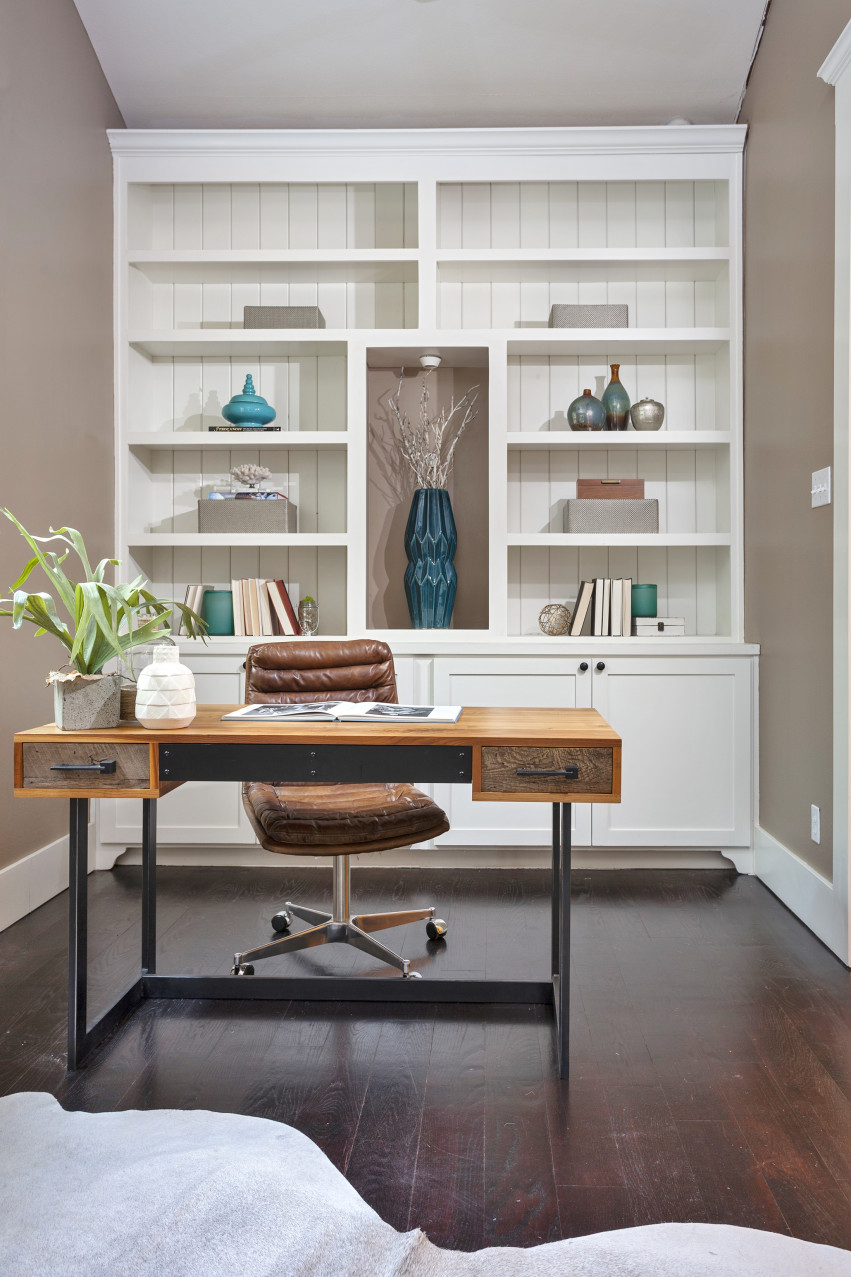
And what tops the list? The home office. During our real estate video conferences with colleagues across the nation, Paul noted that he’s seen clients and colleagues “officing” in dining rooms, kitchens, closets, outside, on the couch, and more. While home offices were already trending in home design, all of our experts recognized that creating comfortable and ergonomic work spaces will be a priority going forward. Brent, David, and Joel also noted that homes will need to integrate more digital connections to accommodate the greater number of people that may be home and engaged on their personal devices all at one time.
Many homes, particularly older homes, tend to have distinct spaces used for one purpose. The challenge, Joel stated, will be how to make one space work for different purposes using smart design. The ideas they shared for meeting that goal are inspiring. You can see more of their ideas in our video interview:
There will be a greater emphasis on outdoor spaces
The architects all strongly felt that our use of outdoor spaces will shift. Take an evening walk in a Central Austin neighborhood and you are sure to see homeowners gathered in driveways and along sidewalks for arm’s length socializing, Paul shared. There is a clear need to connect with others – safely. Front porches may be the answer. Everyone agreed that we will likely see a resurgence in front porches and integrated use of front yards in a way that allows for physical distancing while still connecting with the community – something beyond putting lawn chairs in the driveway.
.jpg?w=851)
As people are stuck inside they also crave getting outside, particularly in dense urban areas. David suggested that home design itself may become more “biophilic” to increase connectivity to nature. This can take many forms. The goal will be to get sunlight and fresh air deep into the house.
Our panel of experts seemed keen on better planning and use of our outdoor spaces in a way that expands a home’s useable footprint beyond the enclosed spaces. Integrated technology can help turn a porch or deck into additional office space or a workout studio. For example, ensuring Wifi connections are strong in both indoor and outdoor areas, along with careful placement of outlets, can make outdoor spaces more tech friendly. Misting systems and thoughtful consideration of air movement can make these outdoor spaces more pleasant as Austin temperatures climb in the summer. Smart landscaping and strategic use of shade can also help.
On a broader community scale, we may also see changes to urban design. After the Spanish Flu we saw the creation of wider boulevards and walking spaces as well as more parks and plazas, explained David. Today, sheltering in place has put an emphasis on the importance of neighborhood and connection to the community, and as Brent explained, that desire for community will endure even after the threat of coronavirus subsides.
Smarter and healthier homes will be in demand
With grocery store shelves emptied of Lysol and Clorox wipes, it is likely we will see a greater emphasis on health and wellness in our homes. In the same way the creation of the modern powder room was an outcome of the Spanish Flu, we are likely to see adjustments in home design to address our evolving health and wellness needs. Some adjustments are simple while others are more substantial.
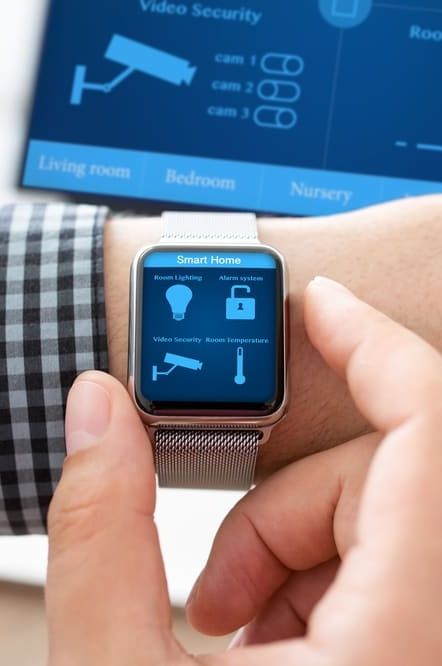.jpg?w=851)
On the simpler end of the spectrum you can expect the smart home trend to accelerate. Integrated technology that allows basic functions like turning on the lights, opening the shades, or adjusting the temperature to be controlled hands-free will be in more demand. Similarly, the desire for touchless and keyless technology will also surge.
As we spend more time in our homes, the panel predicted that there will be increased interest in sanitary and safe building materials, the elimination of products with no volatile organic compounds (VOCs), and more requests for air purification and water filtration systems. As Joel put it, homeowners will seek an honesty in materiality.
Our panel agreed that we are likely to see more elaborate mud rooms and clean zones for use by the owners. David also suggested that we may see the addition of wash rooms placed near the public entry to a home so that guests can easily wash their hands and clean up upon arrival. To reduce cross-contamination, shared bathrooms may feature dual sinks. Elaborate or ornate surfaces with texture may be replaced with utilitarian surfaces that are easy to clean.
Concern about health and wellness may also translate into homes being designed to function without as much reliance on public utilities. We may see an uptick in solar power and other systems that make homes more self-sufficient.
Creating a new future
Certainly, the idea of home is changing. And as the coronavirus health crisis evolves, so too may our idea of what we need and want from our homes.
In talking with Brent, David, and Joel, it is clear that sheltering in place is accelerating some home trends that were already in the works. In other ways it is forcing us to reconsider how homes are designed so that homeowners can have more flexibility to meet their changing needs. In any case, we are glad to know that experts like these three are working through the issues to find workable solutions for homeowners in all stages of their life.
From our home to yours, be safe. Take good care of yourself. And know that you are not alone in this big world.
May 6, 2020
Meet the Architecture Experts

Joel Aldridge
Aldridge Architecture
Joel is the owner of Aldridge Architecture. An Austin native, he has worked in all aspects of home design from carpentry to studio art. Among work at other firms, Joel worked for 3-1/2 years at Tim Cuppett Architects practicing "quiet modernism" - a concept that informs his work today as a sole practitioner. Joel now runs his own firm in Austin and can be reached by email at [email protected].
 (320x320) (200x200).jpg?w=610)
Brent Spraggins
Brent Design
Brent is president of Brent Design serving Austin, Texas and Denver, Colorado. In his 30+ year career Brent has worked with large and small residential developers to build spaces in a way that enrich families and encourage community. You’ve seen Brent’s work first-hand at the Seaholm District of Austin. You can follow Brent’s projects on Instagram @brent_design or email him at [email protected]
 (320x320) (200x200).jpg?w=610)
David Birt
Furman + Keil Architects
David is an architect at Furman + Keil Architects where he serves as studio director. David has experience with varying project types, including residential, multi-family, religious, and commercial architecture. You can email David directly at [email protected] or visit his website.
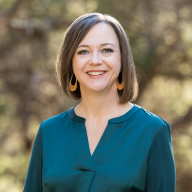




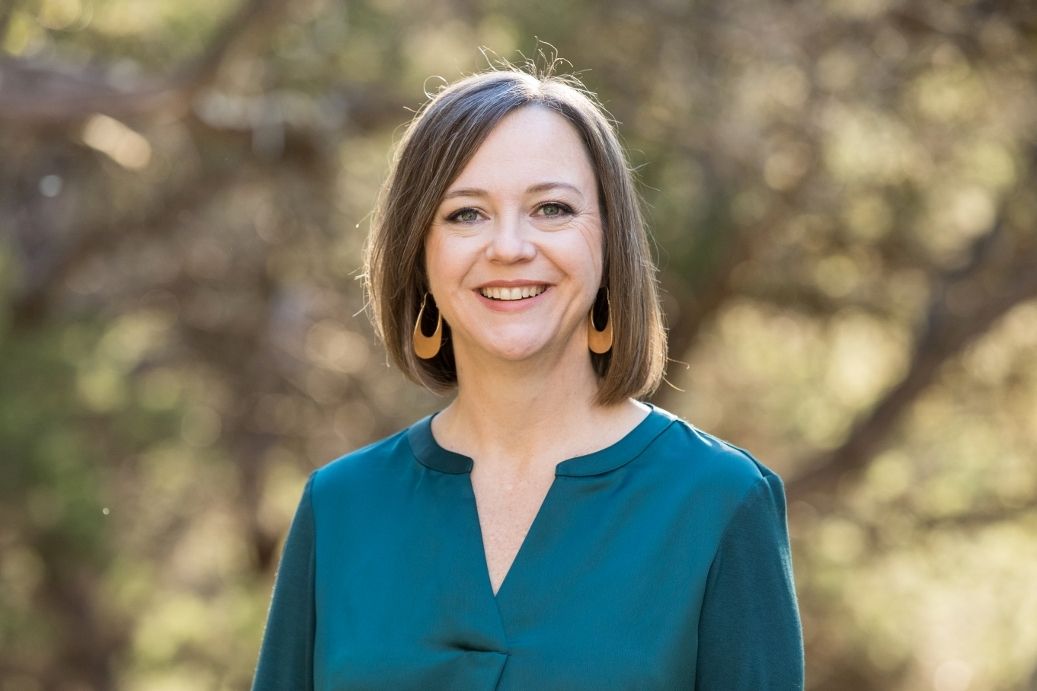.jpg?w=128&h=128)
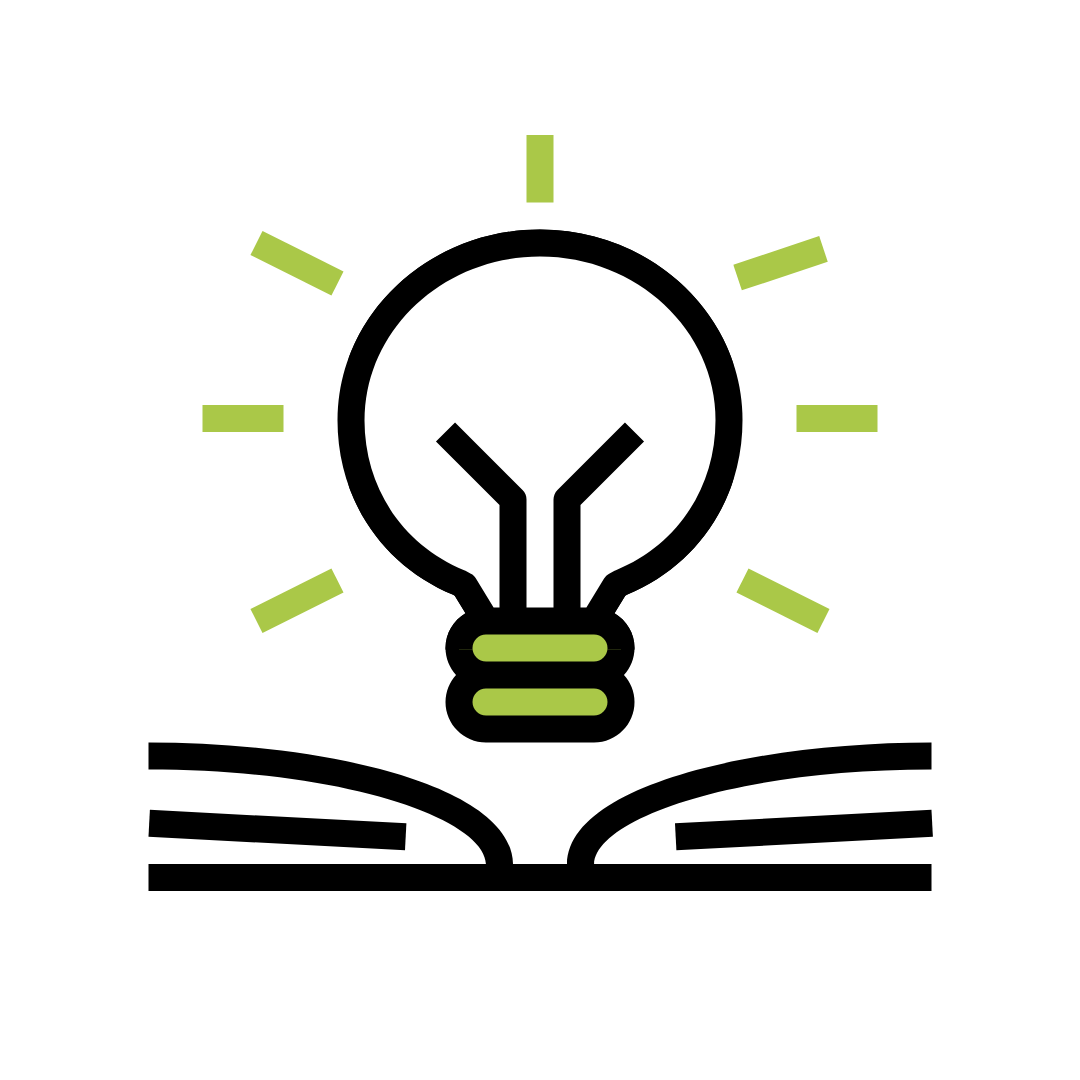 You might also like
You might also like